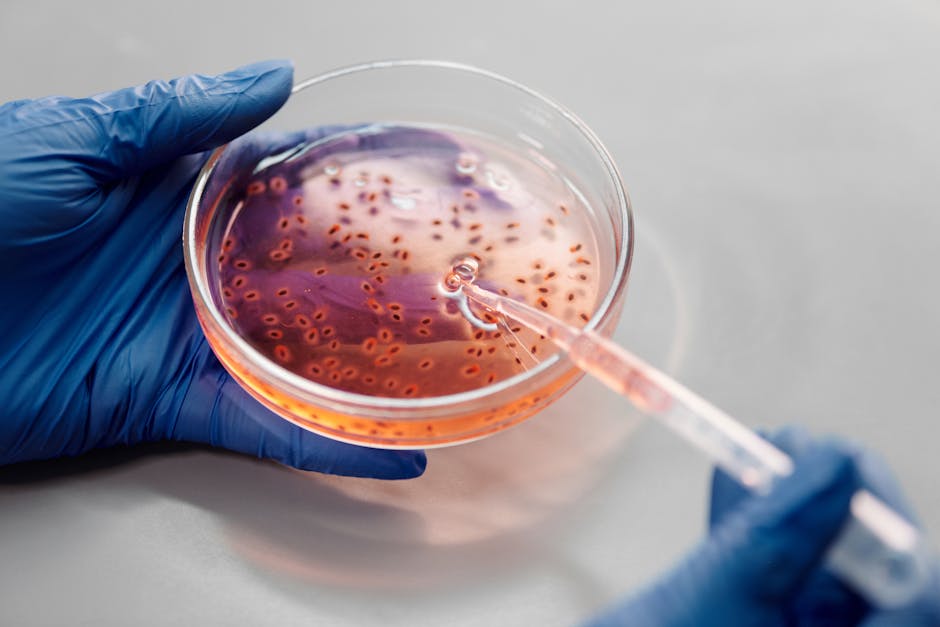- Research Highlight
- Published:
Drug delivery
- Iris Marchal1
Nature Biotechnology
(2025)Cite this article
Intranasal delivery of brain-targeted therapeutics through the olfactory epithelium (OE) has emerged as a strategy to circumvent the protective blood–brain barrier, but this route of administration is still limited as it requires high and frequent dosing. Writing in Cell, Shen et al. improve OE-mediated delivery to the brain by engineering a bacterial strain that naturally resides inside the nose.
The authors tapped the nasal microbiome to improve OE targeting, identifying the commensal bacterium Lactobacillus plantarum (Lp), which naturally and specifically binds the OE. They first labeled Lp with the tracer molecule FITC to track the transport of potential therapeutic payloads to the OE, showing that after 3 days of daily bacterial administration, FITC accumulated in the lamina propria beneath the OE. After 7 days, it reached the brain at the olfactory bulb, where it accumulated over time while also diffusing to other regions in the brain.
This is a preview of subscription content, access via your institution
Access options
Access Nature and 54 other Nature Portfolio journals
Get Nature+, our best-value online-access subscription
$29.99 / 30 days
cancel any time
Subscribe to this journal
Receive 12 print issues and online access
$209.00 per year
only $17.42 per issue
Buy this article
- Purchase on SpringerLink
- Instant access to full article PDF
Prices may be subject to local taxes which are calculated during checkout
Rights and permissions
About this article
Cite this article
Marchal, I. Intranasal bacteria transport obesity drugs to the brain.
Nat Biotechnol (2025). https://doi.org/10.1038/s41587-025-02598-9
Download citation
-
Published:
-
DOI: https://doi.org/10.1038/s41587-025-02598-9



